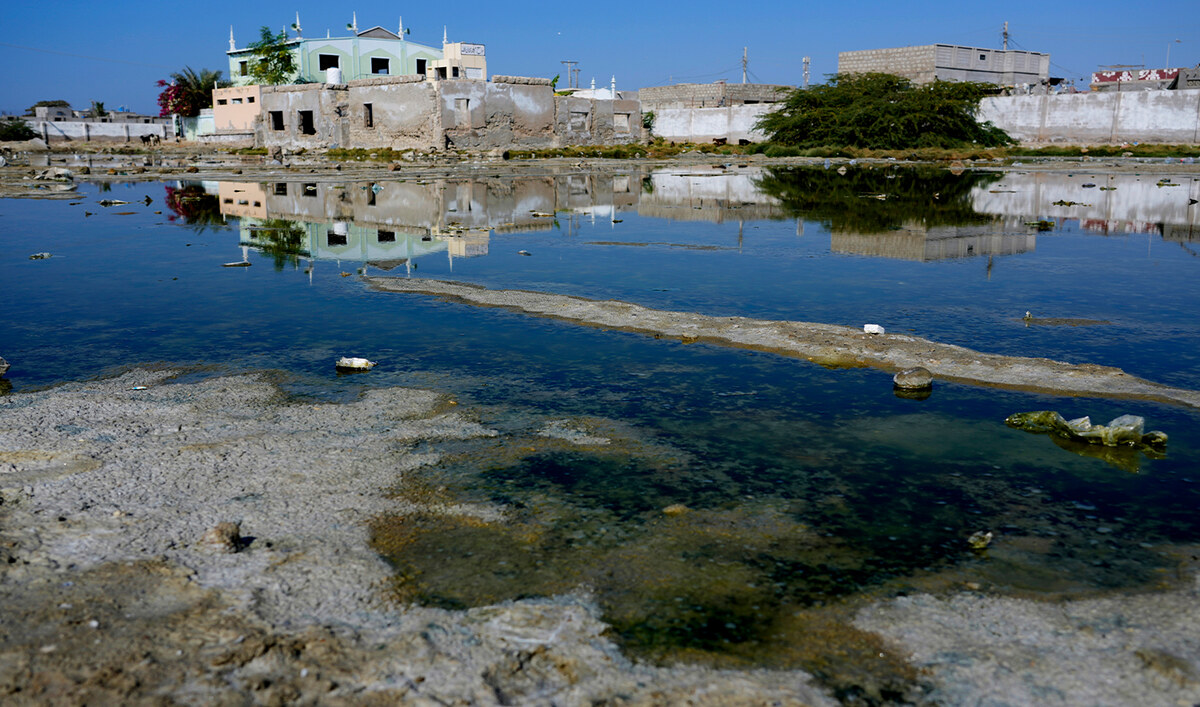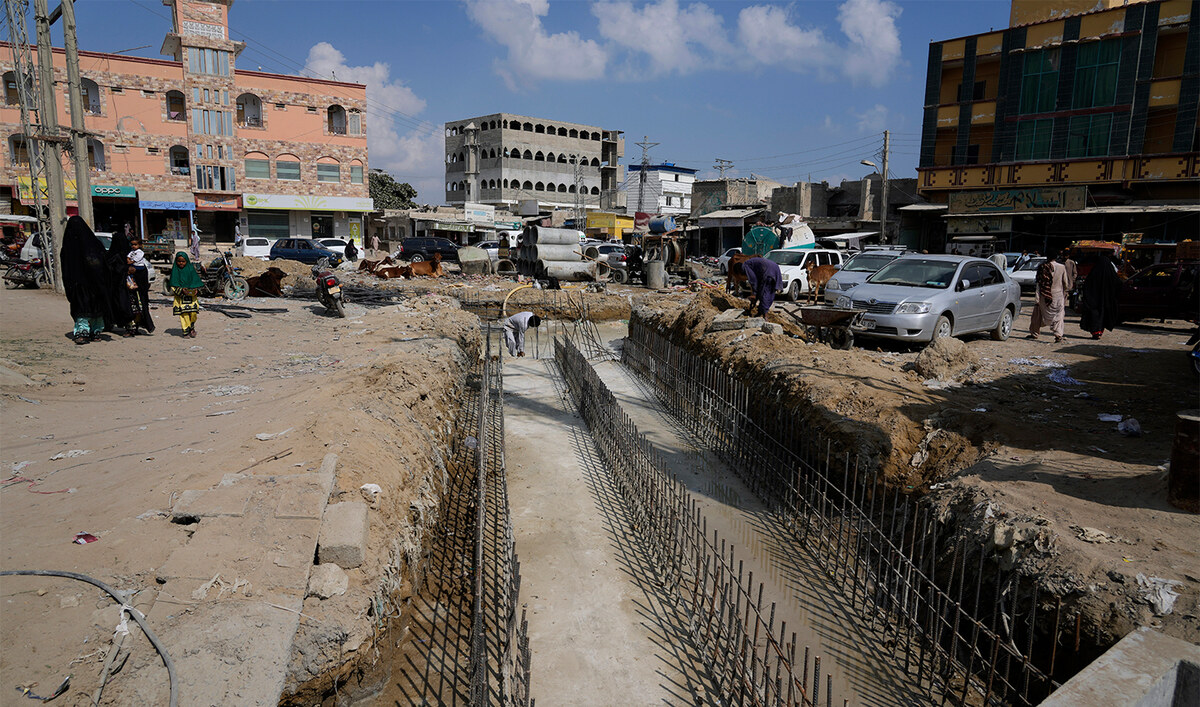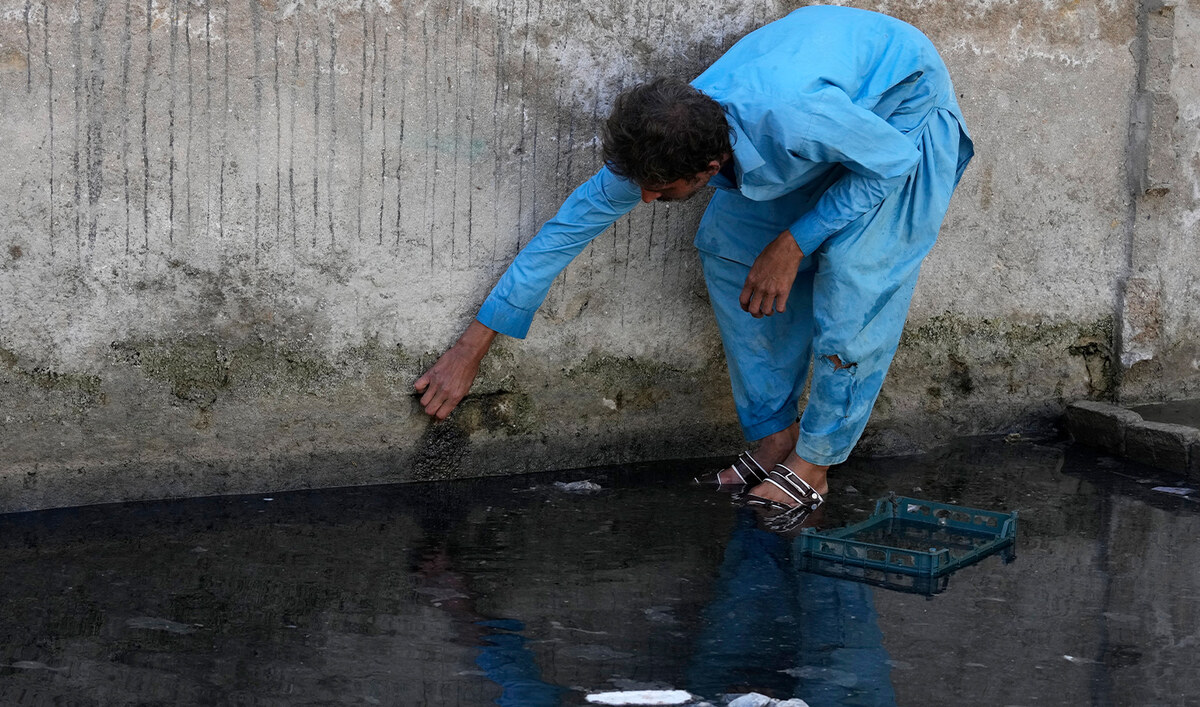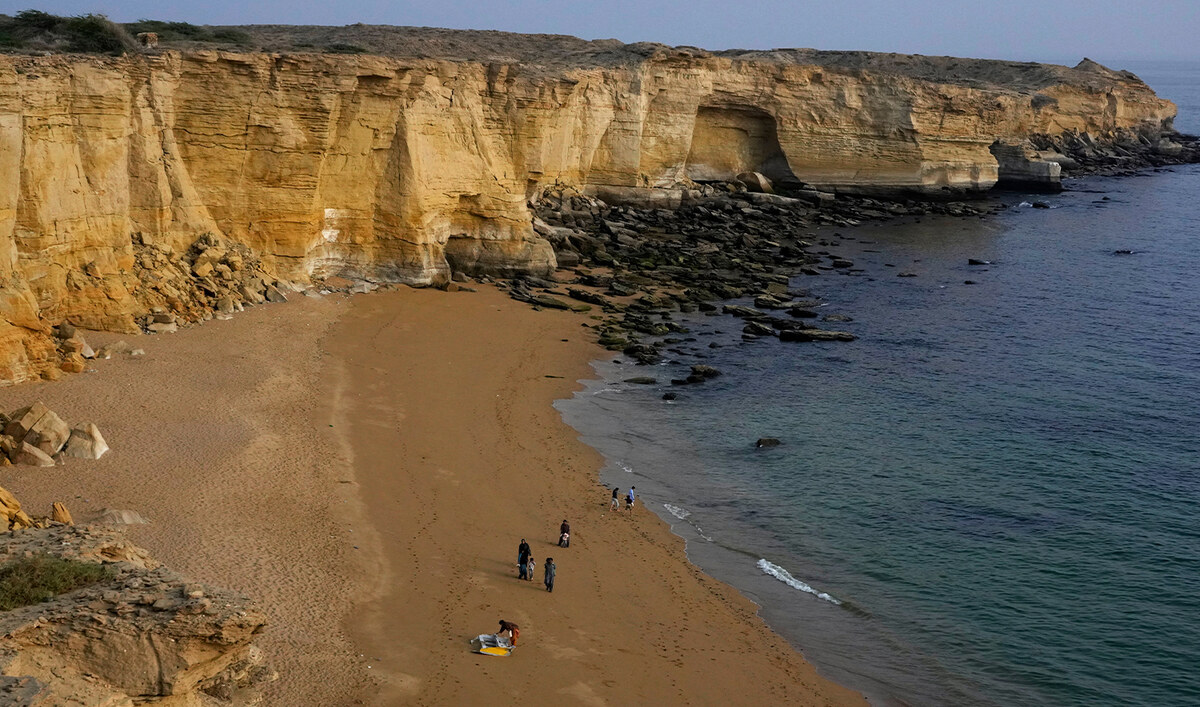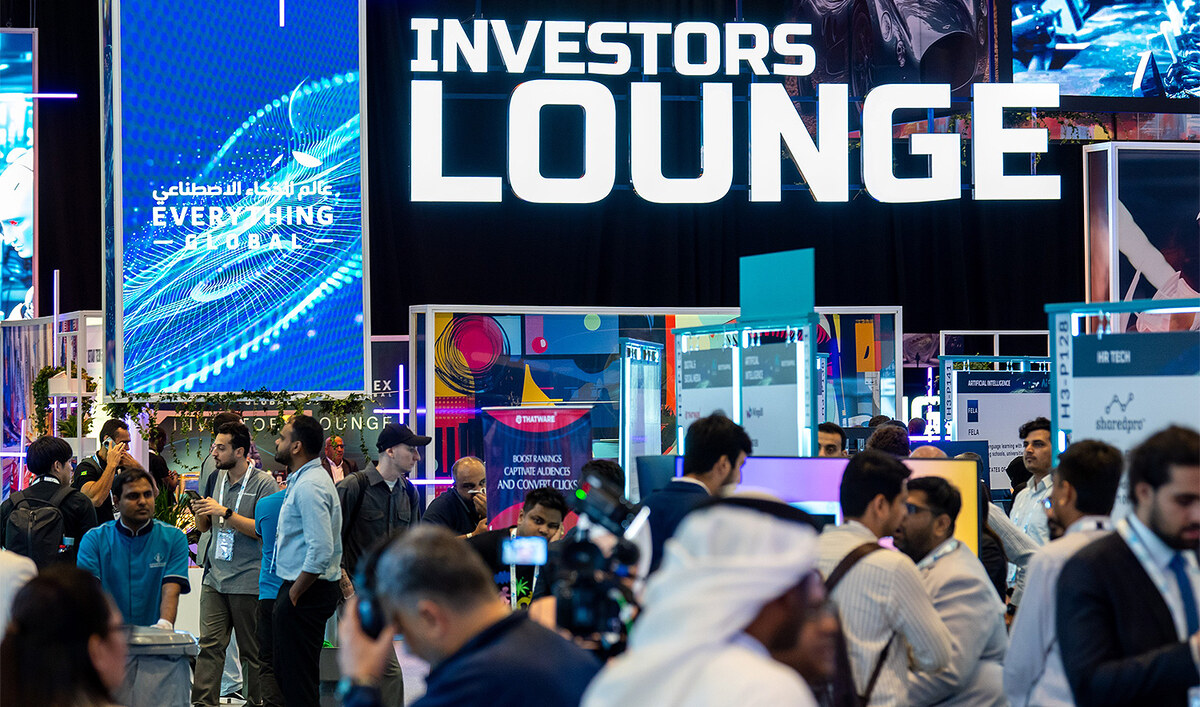ISLAMABAD: Pakistan’s tax-to-GDP ratio rose to 10.8% in the second quarter of the 2024-25 fiscal year, a statement from the Senate Standing Committee on Finance and Revenue said on Thursday, below the target of 13.6% agreed with the International Monetary Fund (IMF) when it approved a $7 billion bailout loan for the cash-strapped country last year.
The South Asian nation is navigating a challenging economic recovery path buttressed by the 37-month loan program that comes with tough measures especially on the taxation front, such as broadening the tax base to include previously undertaxed sectors such as agriculture, industrialists, and developers, abolishing exemptions and bringing the retail, agriculture, and export sectors into the normal income tax regime and imposing new taxes on the construction and sale of buildings and plots, and on milk and lubricating oil.
The bailout has also called for increasing the tax rate on farm income, continuing fiscal consolidation to reduce the deficit and improve fiscal discipline, improving tax administration and compliance, strengthening federal-provincial institutional arrangements and improving public investment management.
“The tax-to-GDP ratio has risen to 10.8% in the second quarter [of FY24-25], up from 9.5% in the first quarter, although it remains below the IMF-agreed target of 13.6% by the end of the program,” said a press release after the Senate Standing Committee on Finance and Revenue met on Thursday. “By comparison, India’s tax-to-GDP ratio stands at 18%.”
During the meeting, the committee was briefed on Pakistan’s current revenue shortfall of Rs384 billion for the first half of the fiscal year. The FBR collected Rs5,624 billion in taxes, falling short of the targeted Rs6,008 billion.
Senator Saleem Mandviwala, the chair of the committee, expressed concerns over the Federal Bureau of Revenue’s handling of sales tax collection.
Finance Minister Muhammad Aurangzeb responded by highlighting ongoing reforms, including a move to simplify income tax forms for salaried individuals and a push for transparency in tax collection through technological innovations.
Aurangzeb also discussed the government’s intention to separate tax policy from FBR operations in the next financial year, aiming to ease the burden on the salaried class.
“We are taking steps to keep the tax form simple and easy,” he added.
The committee also stressed the need for reforms to reduce the administrative burden on taxpayers while ensuring that tax collection remained “efficient and fair.”
The possibility of converting certain taxes into a carbon tax, a proposal raised by Senator Sherry Rahman, was also discussed.
“While the finance minister acknowledged the World Bank’s 10-year $20 billion Country Partnership Framework, which includes climate and carbon concerns, some members, including Senator Farooq H. Naik, raised concerns about the impact of a carbon tax on inflation and its effect on the poor,” the statement said.
Under the IMF deal, the highest effective tax rate on farm income can rise to as much as 45% from the current 15%. It will be implemented from this year, a move that was termed “unprecedented” by brokerage and investment banking firm JS Global at the time the loan was approved last year.
“These changes could contribute to inflation, particularly in food prices, affecting consumers nationwide,” said Ghasharib Shaokat, head of product at Pakistan Agriculture Research, adding that larger farmers will be affected more.
Inflation averaged close to 30% in FY23 and 23.4% in FY24, which ended on June 30. The consumer inflation rate slowed to 4.1% year on year in December, the lowest in more than 6.5 years.
Prime Minister Shehbaz Sharif’s government is based on a weak coalition and faces political pressure from the party of popular jailed opposition leader, former premier Imran Khan.
But Sharif says his government is committed to the tough but unavoidable reforms mandated by the IMF.
Pakistan has been struggling with boom-and-bust cycles for decades, leading to 22 IMF bailouts since 1958.
Pakistan tax-to-GDP ratio rises 10.8% in FY25 second quarter, below IMF target
https://arab.news/w5xwr
Pakistan tax-to-GDP ratio rises 10.8% in FY25 second quarter, below IMF target

- Pakistan navigating challenging economic recovery path buttressed by $7 billion IMF program that comes with tough measures
- Senate Standing Committee of Revenue expresses concerns over Federal Bureau of Revenue’s handling of sales tax collection






